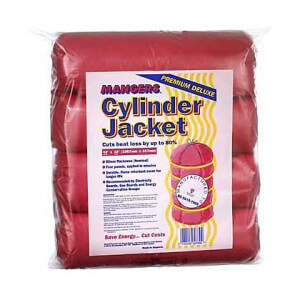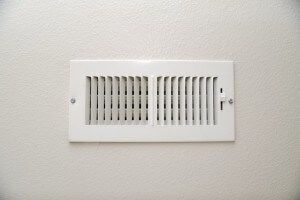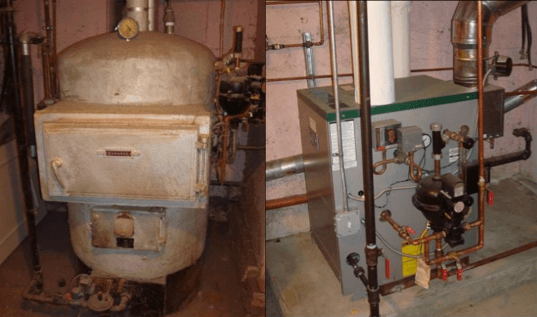Heating and cooling amount to 47% of the energy costs in your home. Improve your home with this list of energy saving tips to heat your home most efficiently this Winter, and simultaneously prep your home to keep cool air in this upcoming Summer.
- Stop Drafts From Electrical Sockets. Oftentimes, the insulation around and behind your electrical sockets is not placed properly, creating drafts through the electrical sockets in your exterior walls. Stop letting air in through and around your sockets by removing the cover plate, and filling in small gaps with acrylic latex caulking, or foam sealant for bigger gaps.
- Replace Worn Weatherstripping. Worn and torn weatherstripping allow warm air to escape through the cracks. Proper sealing and insulation can save up to 20% on heating and cooling costs, or up to 10% on your total annual energy bill,” according to Katie Cody, Lowe’s Spokeswoman. “Air leaks from windows and doors are easy to find by moving your hand around the frame. Applying weather stripping and caulk to these areas will help cut down on drafts.”

- Insulate your Water Heater. Wrap your hot water tank in a cozy 80 mm jacket. Water heater insulation blankets can cut heat loss by 75 %, and you’ll recoup the cost of it in less than 6 months! Also, turning down the temperature of the water heater to the “warm” setting (120 degrees F) to keep water warm, but not scolding, to save energy in the meantime.
- Get your Furnace inspected annually. Annual furnace or boiler inspects ensure that your systems are functioning properly. If your Furnace isn’t functioning properly and for example, your filters weren’t cleaned or replaced right and theres a blockage in your ventilation, then your heating system will have to work harder all winter, and your home could be filled with air that isn’t filtered properly as well. Make sure your system is in proper working order by getting your furnace inspected every year.
- Get a Humidifier for Your Home. Low humidity often makes us feel more cold than you would with the proper amount of humidity, causing you to turn up the thermostat. Get a humidifier and spend less on heat bills this cold season.
- Insulate your Doors. Stop energy loss from poor door insulation. Fit draught excluders or sealant strips around all exterior doors, and interior if needs be. Sealant strips can be bought cheaply from DIY stores and are very easy to fit – just like applying sticky tape. Don’t forget to get a brush trim for letter boxes, bigger gaps and the bottom of doors.

- Invest in a Programmable Thermostat. The programming power allows you to set when your heat kicks on and off, making it so you
can turn off your heating at night or when you leave the house, and set it to turn back on only 30 minutes before you get home. - Close your Vents. Close the vents to any unused rooms during winter so you aren’t heating rooms your not in.
- Insulate your Windows. Insulate your drafty windows with a Window Insulator Kit. Help keep warm air in through wrapping your windows with heat shrink window film.
- Get a Storm Door. Reduce your homes energy loss up to 50 percent by purchasing a storm door made with low-emissivity glass or coating.






